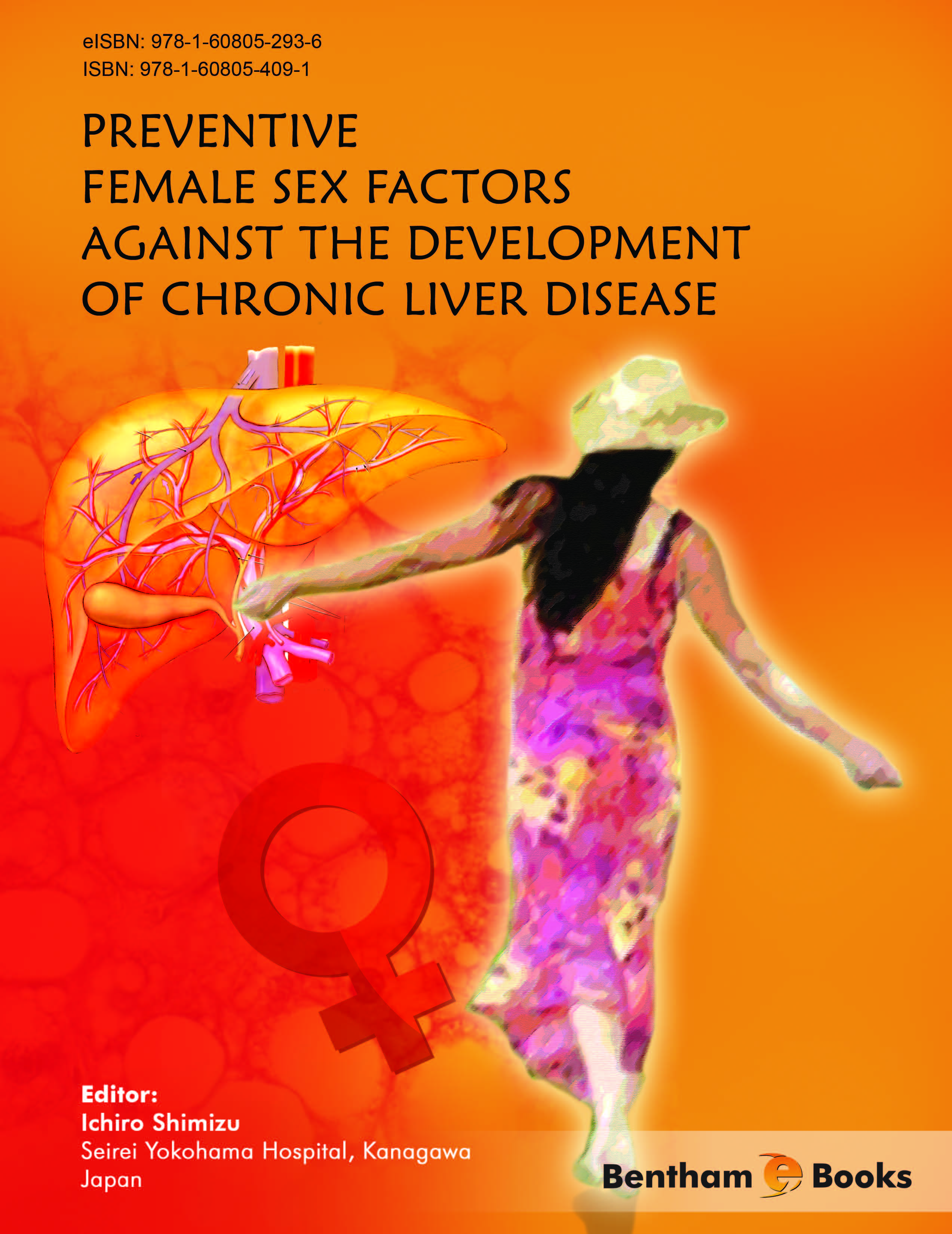Preface
Until the last decade, it seemed that women and men were essentially identical except for the differences in their reproductive function. Everywhere, however, researchers look for differences between the sexes, and they find them. Sex does really matter. One of the most compelling reasons for understanding the biological differences is that there are striking differences in human disease. The best-studied differences between the sexes are in the reproductive systems. Much less study has been done on sex differences in non-reproductive areas of biology. It should be noted that liver cancer is undeniably predominant in men and postmenopausal women.
Chronic hepatitis C virus and hepatitis B virus infections are recognized as a major causative factor of cirrhosis and liver cancer. Obesity is also associated with increased incidence rates for cirrhosis and liver cancer. In general, men have a greater risk of exposure to hepatitis viruses, a greater opportunity for drinking, and a higher preponderance of nutritional and exercise-related problems such as obesity. Although it has been speculated that such gender-specific lifestyles and social environments might contribute to the predominant incidence of liver cancer in men, few studies have been done on the biological mechanisms underlying the sex-associated differences observed in chronic liver disease. A characteristic feature of chronic hepatitis C and B, alcoholic liver disease and non-alcoholic fatty liver disease is fatty liver, or hepatic steatosis. Central obesity (android pattern) is a predictor of hepatic steatosis. Hepatic steatosis leads to an increase in lipid peroxidation in hepatocytes, which, in turn, activates hepatic stellate cells (HSCs). HSCs are located in close contact with hepatocytes, and are the primary target cells for inflammatory and oxidative stimuli in the injured liver. Activated HSCs are responsible for much of the collagen synthesis during fibrosis development to the end-stage cirrhosis. Cirrhosis is an important host-related risk factor for liver cancer. Chronic hepatitis C and B appear to progress more rapidly in males than in females. Women have lower hepatic iron stores before menopause, and their production of proinflammatory cytokines, such as tumor necrosis factor-α and interleukin-6, increases after menopause as a result of the decline in ovarian function. Iron is essential for life, but is toxic in excess, because it produces reactive oxygen species (ROS) that react readily with lipids and DNA, leading to cell death and DNA mutagenesis. In addition, hepatic steatosis and central obesity are observed in growth hormone deficiency in adults. Growth hormone secretion is greater in women and is stimulated by estrogen. Estrogen is a potent endogenous antioxidant and suppresses hepatic fibrosis. Estrogen also attenuates hepatocyte death and HSC activation by inhibiting the ROS generation. These lines of evidence suggest that the greater progression of hepatic fibrosis and liver cancer in men and postmenopausal women may be due, at least in part, to lower secretions of estrogen and growth hormone, higher hepatic iron stores and increased immune responses.
Using gender and sex as a unique prism through which to observe and better understand normal function and the experience of disease is one of the most important new ideas in medicine. This e-Book constitutes a collection of selected clinical and scientific topics in conjunction with the sex-associated differences of the liver disease. After considering the data and examples presented in the e-Book, anyone will be able to use new opportunities to obtain a better understanding of the sex-associated differences of chronic liver disease. Some of these differences can be explained by what we now know. Some are unexplained and point to important questions for future study. Being female or male is an important basic human variable that affects health and liver disease throughout the life span. A better understanding of the biological mechanisms underlying the differences in chronic liver disease between the sexes would provide valuable information to design care of health and liver disease more effectively for individuals, both females and males.
Ichiro Shimizu
Department of Gastroenterology
Seirei Yokohama Hospital
Kanagawa, Japan

